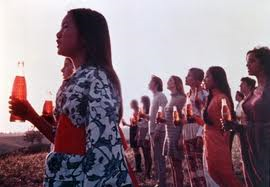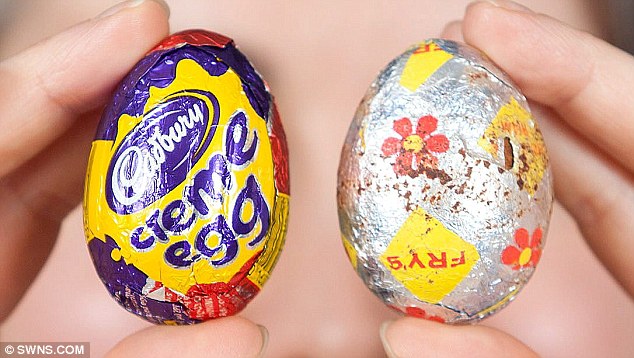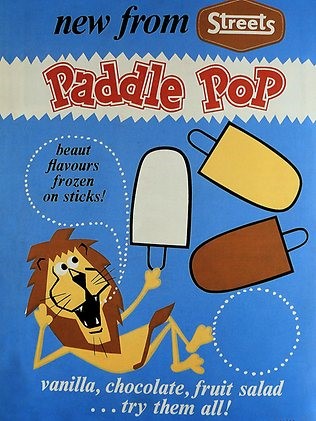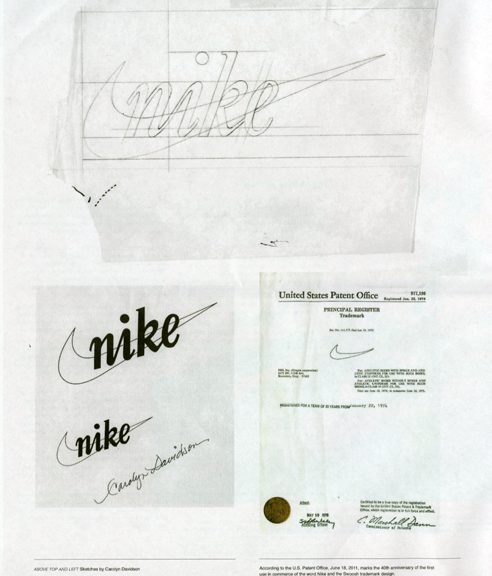The fog, the rain and a song of global unity
Last week’s blog was about Virgin Cola, so I thought I would write one about the Real Thing this week, so I went back to the start of that campaign and the story behind one of he most famous advertising jingles of all time
The fog, the rain and a song of global unity
It started with the words so many air passengers dread, the airport you are headed for is fog-bound and the plane is being diverted.
It was January 1971 and Bill Backer, the creative director on the Coca-Cola account for the McCann-Erickson advertising agency, was traveling to London to join two British songwriters, Billy Davis and Roger Cook, to write some new radio commercials that would then be recorded by the popular singing group the New Seekers. As the plane approached Great Britain, heavy fog at London’s Heathrow Airport forced it to land instead at Shannon Airport, Ireland.
Shannon is a small city in Ireland and accommodation is limited so the mood of the already annoyed passengers wasn’t improved when they were told that they would have to share rooms at the one available hotel or to sleep at the airport.
Tensions and tempers ran high.
Overnight something miraculous seemed to have happened and the mood had changed. Sitting in the airport coffee shop the next morning still waiting for clearance to fly, Backer looked around and noticed that several of the passengers who had been among the most irate were now laughing and sharing stories over bottles of Coke.
As Backer himself, was to recall in his book: “The Care and Feeding of Ideas”
‘In that moment . . . [I] began to see a bottle of Coca-Cola as more than a drink. . . . [I] began to see the familiar words, “Let’s have a Coke,” as . . . actually a subtle way of saying, “Let’s keep each other company for a little while.” And [I] knew they were being said all over the world as [I] sat there in Ireland. So that was the basic idea: to see Coke not as it was originally designed to be—a liquid refresher—but as a tiny bit of commonality between all peoples, a universally liked formula that would help to keep them company for a few minutes.’
Backer scribbled the line “I’d like to buy the world a Coke” on a napkin.
The flight never did reach London as Heathrow Airport was still fogged in, so the Backer and the other passengers were redirected to Liverpool and bussed to London, arriving around midnight.
Meeting up with Billy Davis and Roger Cook, he told them about his idea “I could see and hear a song that treated the whole world as if it were a person—a person the singer would like to help and get to know. I’m not sure how the lyric should start, but I know the last line.” At which point he pulled out the napkin to which he had now added a few more words
“I’d like to buy the world a Coke and keep it company.” Working together the song took shape
I’d like to buy the world a home and furnish it with love,
Grow apple trees and honey bees, and snow white turtle doves.
I’d like to teach the world to sing in perfect harmony,
I’d like to buy the world a Coke and keep it company.
It’s the real thing, Coke is what the world wants today.
It was recorded by the then popular group The New Seekers on February 12, 1971, “I’d Like to Buy the World a Coke” was sent out to radio stations throughout the United States.
It promptly flopped.
The Coca-Cola bottlers hated the ad and most refused to buy airtime for it. The few times the ad was played, the public paid no attention. Bill Backer’s idea that Coke connected people appeared to be dead.
Backer however was still a believer and with McCann managed to persuade Coca-Cola that there was still something in the ad but that it needed a visual dimension. The idea for that visual dimension came from Harvey Gabor, a young art director who suggested that the song could be the basis for a television commercial featuring the “First United Chorus of the World.” – a group of young people from all nations, in clothing representing their nationalities, singing the song on a green hillside.
The weather again seemed to want to play a role and the original plan to shoot on the White Cliffs of Dover was scuppered by three days of continuous rain so the location was switched to Rome.
The finished ad “Hilltop” was released first in Europe, where it received a warm but not exceptional response, but when it was subsequently released in the U.S. in July, 1971, the response was immediate and dramatic.
By November Coca-Cola had received more than a hundred thousand letters about the ad.
People were calling radio stations and asking them to play the song but as it was a commercial this wasn’t possible so Bill Backer rewrote the lyrics without the references to Coke.
 Because the New Seekers were initially unavailable to record the new version, a group calling itself the Hillside Singers recorded and released it as a single. Several weeks later as The New Seekers were beginning their American tour, they too re-recorded the song but this time with the new lyrics and released a second single.
Because the New Seekers were initially unavailable to record the new version, a group calling itself the Hillside Singers recorded and released it as a single. Several weeks later as The New Seekers were beginning their American tour, they too re-recorded the song but this time with the new lyrics and released a second single.
Both versions sold well and at one point, the New Seekers’ version was in the top 10 while the Hillside Singers version was number 13.










